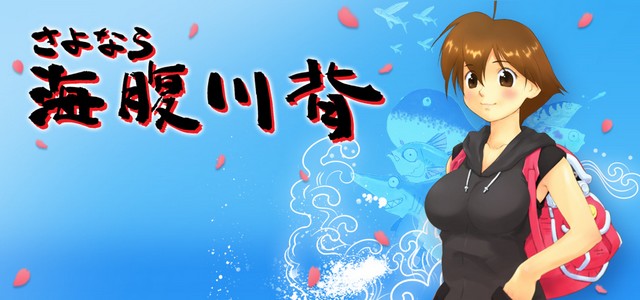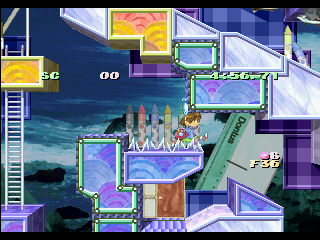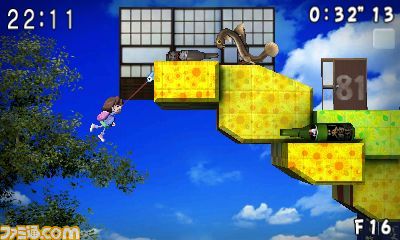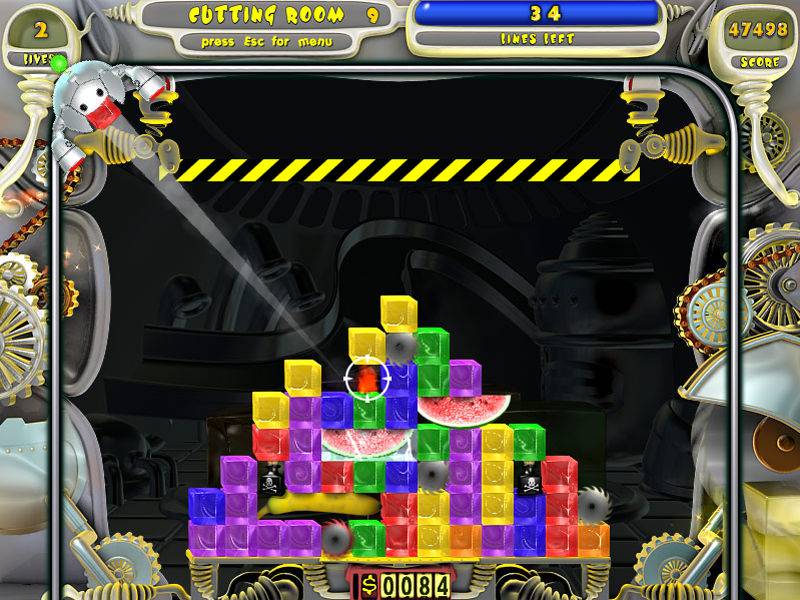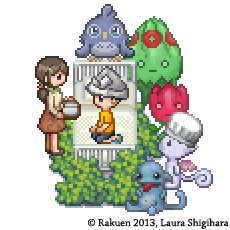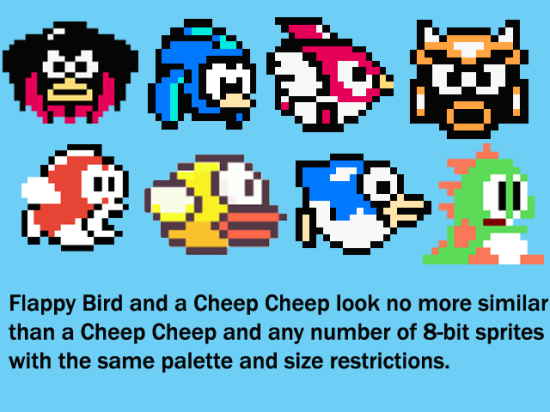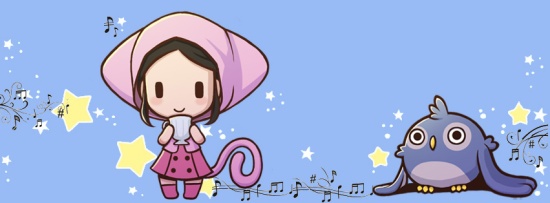Okay, so...don't usually do this, but I have a busy week, in
particular Saturday, so I won't have time for my regular creator spotlight or
article. So, I thought I'd share a sort
of first look at Dark Souls 2, give my critiques, and try to say how it stacks
up to the original. Probably less
editing and pictures and more discussion for this one. There will be minor spoilers, but nothing too
specific, so relax.
The Good: Dark Souls 2 has fantastic game
mechanics. They copy much from the
original, with the tight controls based around wielding an item in each hand,
shield or weapon, and having spells and regular tools for use in specific
slots. The enemies follow similar rules,
with varying degrees of speed and power, all with their proper tells and
weaknesses, if you're willing to be patient and look. It's a system that rewards patience and
persistence, as well as a bit of mastery.
If you learn your weapon or spell or attack style and its use, then you
can overcome almost anything, with the right amount of practice.
Alongside the game mechanics, there have been additions
throughout the game. The ability to duel
wield adds new combos to an already established weapon at the risk of extra
damage, and there is now an option to two hand items in either hand instead of
just the one in your right. There are
more item and weapon slots, more ring slots, and a much more diverse range of
weapons and spells in the game. This
includes twin blades that, while weak when wielded with one hand, are very
powerful if wielded with two hands.
 |
| Yes, there is dual wielding. It's pretty cool. |
The graphics are beautiful and the design of everything from
the buildings to the enemies is superb.
One enemy was literally a giant mass of corpses made to look like a
person and the corpses wriggled about, while one vista had a tree that was the
corpse of a giant, complete with a fruit I could harvest. Everything here is worth taking a second to
stop and examine, because the world is truly much more beautiful than the
original Dark Souls. It's a wonder to
behold.
 |
| The game really is beautiful |
Music is competent.
Regular music is ambient, while boss music is exciting, and the sound
effects are nice and meaty, giving your weapons a powerful and satisfying
feel. Speaking of music, it really
contributes to the atmosphere. While not
as lonely as the original Dark Souls, it has a very distinctive feel...in
darkness, things are quiet, but also hectic, frightening, and will keep you on
edge for fear of the blade in your back.
In day time, even when facing huge monsters, you have a feeling of ease
and calm that is different from previous games...the disparity here really
helps make the game a rollercoaster of experience.
Surprises. The game
is full of unexpected twists and turns that you won't really be expecting. I don't just mean traps, either, like the
mimic chests which will eat you. I'm
referring to anything from walls you can blow up on accident or which enemies
can smash through, to hidden doors and areas, to NPCs who do the most unusual
of things. In one instance, I used a
torch to help navigate a darkened area near the seaside and while it didn't do
damage, some of the bestial enemies were visibly frightened by it, preferring
to hide rather than fight. In that same
area, an enemy threw something at me that exploded in black tar...it didn't
damage or even slow me down, but if I was hit with a flaming arrow or if I had
my torch out, I'd explode. In another
area, if you douse yourself with water, you take reduced fire damage, while
others have traps activated with certain key items. It's an interesting mix of things you
wouldn't expect, offering surprising complexity and richness of things to
explore.
 |
| Yeah, walls can be destroyed, you can be jumped, and there are a lot of surprises waiting for you. |
Side Stories: The
game has a few interesting side stories.
Talking to NPCs can get you items for listening, but sometimes the best
stories are ones told by the world or that you see for yourself. One area has a farm that is full of peasants
and pigs, wielding farm equipment. They
are working until they see you, at which point they go feral and attack, rolling
boulders at you and generally acting crazy.
Then, further on, you see a cultish ceremony and above them is a jovial
pardoner, surrounded by corpses. What
happened here? That is for us to piece
together and it's delightfully creepy.
Very Resident Evil 4. In another
area, you hear tell of a mystic queen who bathed herself in poison to try and
keep herself young...and if you're not careful, you'll have to battle here in a
pit of poison, as she tries to reclaim her youth. My personal favorite has to be a chapel
surrounded by decaying knights where an old friend from a previous game
waits. If you go looking, the game has
plenty of fascinating little stories to tell you.
 |
| Hey, here's a familiar face! ^_^ |
The Bad: The main story is just tosh. It's pretty uninvolving and kinda lame. This does encourage players to make up their
own reasons for fighting, but...I wanted more.
The enemy design may be pretty, but it's painfully
uninspired. While a precious few bosses
are actually interesting looking, most enemies are guys in suits of armor. Hell, even the bosses feel lame. One is basically a giant slug that is almost
impossible to die to, while another is a rat with a mohawk. Some bosses get re-used later in the game as
enemies and as major boss fights...it's disappointing that we didn't have a
gaping dragon or a four kings...I hated those bastards, but I have to admit,
they didn't look like regular enemies.
I've seen some interesting designs, but not enough, at least not after
40 hours. Little depressing.
 |
| Hey...here's a familiar face -_-u |
The new stat allocation system makes things a lot more
complicated than I think it needed to be.
It also makes the game a helluva lot harder, with equip load and general
speed being made into two stats unto themselves rather than being folded into
other stats. It's a little annoying,
having to level up both vitality and endurance to be able to wield a sword, but
also have the stamina to use it more than once.
Voice acting is just terrible. Granted, it's not like people care, I tend to
just read the dialogue and skip it, because we're here for the gameplay, but
the characters seldom really emote and the script doesn't really give them the
leeway too. We get more character out of
the environment than the NPCs.
Lack of gimmicks.
This one might seem a bit strange, but stick with me. In Dark Souls, you could often do weird
things to enemies, gimmicks, that would change the way a battle progressed,
like cutting off a beast's tail, or using a Lloyd talisman to prevent them from
using estus to heal, or nullifying a poisonous enemy with pyromancy. And while there are some new wrinkles to
combat and enemies with tricks in Dark Souls 2, several gimmicks were taken
out...and that makes me sad, because I liked cutting off enemy tails or trying
to outwit my opponents.
 |
| Know what you could do in Dark Souls? Cut off tails and wield them as weapons. Know what you can't do in Dark Souls 2? Cut off tails and wield them as weapons... |
Lack of explanation.
This has always bugged me a little in both Dark Souls games. See, this is kind of a hallmark of the
series. It's part of the
exploration...but god, is it frustrating at some points. I have no idea how to even switch arrows. Sometimes, this can be an interesting
twist. You don't always understand the
controls, so you experiment. You try and
see what each item does or what each weapon's moveset is and, by comparison,
this game does offer more explanation than Dark Souls did. However, I still feel frustrated by a lack of
explanation on certain controls. Not
just with how to switch arrows in the middle of combat, either. Duel wielding is never explained. You have to have two weapons of the same
type, 1.5 times the stats of the highest stats required for the weapon, and
hold triangle...that wasn't explained anywhere and I just discovered it while
farting around with my weapons. I get
that that might be the point, but it limits the abilities of a player to
progress and enjoy the game and I think that, even if you don't want to include
it in the game, at least give us an instruction manual outlining all the
controls. Dark Souls 2 doesn't have an
instruction manual. It has a warranty
slip...I am not kidding at all.
Lack of interconnectivity in the world is probably what
makes me the saddest about this game.
Rather than a large, interconnected world where you could warp, but
which you could actually scale from one end to the other, you have a hub area,
a few basic areas attached to the hub, and warps to others areas. They all go off in straight lines and never
intersect and that's lame, to me. I
liked being able to go from the forest, to the city, to the shrine all in a few
minutes of hectic sprinting in the original Dark Souls. The reason for this is also something I
hate. Load walls. Most of the starting areas are hidden behind
doors that lock behind you, but which you can still open, and they do this to
hide the areas loading. The original
Dark Souls never needed time to load. It
was all seamless. Here though...while
the separate areas are seamless, there are plenty of seams in between them and
the hub and it feels awkward. I wish
more thought had been given to the world's layout.
The Mixed:
The hub town. While this could
have been an interesting idea, Majula, the main city, bothers me for how
reminiscent it is of Demons Souls, the game I hate most in the Souls
Series. You HAVE to go back there a lot,
because the only way to level up is there.
You can't do it by bonfire. And
really, plenty of NPCs may come there to live, but others don't, so you still
have to warp around. However, why is
this mixed and not bad? Well, two
reasons. It gives you some down time...a
place to collect your thoughts and breathe and in Dark Souls 2, that's
important. And two, because I think it
may have been an interesting psychological experiment. This is only speculation, but I think that
what with the load times and what not, they took away the ability to level up
at the bonfire to wage a psychological battle with the player. It's easier to horde souls now, rather than
going to Majula to spend them, since you have to warp, and wait for the load,
and talk to the NPC who levels you up...so it's easy to get overconfident and
lose big. If this was intentional, it is
a stroke of genius in game design. I'll
be talking more about that in next week's article.
 |
| Get used to being here...you'll be coming back ALOT |
Questionable design choices.
This mostly comes down to putting a bonfire so close to enemies that you
can't use it once you get up, cause the enemies respawn. This happened to me where a bonfire was right
next to three archers who would start to snipe me as soon as I got up. It forces you to kill them a dozen times to
stop them respawning and...this happens in more than one place. I don't know if this was intentional or
not...it could go either way.
Enemy despawning. So,
in this game, you can actually farm an area of enemies until they no longer
spawn. This is an interesting idea
because it forces you to move on, rather than grind. And the game is balanced, for the most part,
so that you don't need to grind. You can
sell items, you get souls, you can go to other areas, if you need souls,
usually, you can get them. However, this
also means that if people mess up too much and despawn the only area they can
handle, they could be in a real no win scenario...and have to restart the game. It's a mixed bag, actually. It adds to difficulty, but can also be
convenient, if you just wanna run to the boss.
However, it can also be detrimental.
Secrets. Yes, I love
the surprises the game throws at you, but some secrets are so hard to find,
like the hidden doors which you cannot tell from other areas of wall, that it
makes the game stupid hard or annoyingly tedious when you wanna search for new
items. Just...frustrating.
Lack of starting options.
In the first Dark Souls, if you knew where to go, because of the
connected world, you could be rolling in weapons, armor, and items right from
the start. However, in Dark Souls 2, you
can't go everywhere right away...so you have to make do with your starting
character's items. What's more, lots of
services like smiths or item vendors who buy your unused equipment are unlocked
much later in the game...so you can't improve or get a quick boost of souls to
help you out. This is both good and bad. Good in that it gives weight to your
character choice early on and affects how you will play, since you won't have
many other options, but bad because...you can't easily cover your
weaknesses. The starting merchants do
make this less of an issue, but it's an interesting balancing act between
starting in an interconnected world with lots of options, but making your
starting choice meaningless or starting in a more divided world and making you
really think about your class.
 |
| Choose wisely, cause this is all you'll get for a while. |
Change in tone. I
enjoyed the solitary journey that was Dark Souls, but the change in tone puts
more of an emphasis on the multiplayer and the NPCs. You are not alone in this world, the game
seems to say, and so you have to interact with either the NPCs or your fellow
players. While I'm not overly fond of
this, it is going for a different feel than the original Dark Souls and it's
not bad, just...different. However, it
is head scratching. Many rewards for
covenants can only be gotten through multiplayer in Dark Souls 2 and this is a
stark contrast to the original, where even the multiplayer focused covenants
had rewards that anyone and everyone could get.
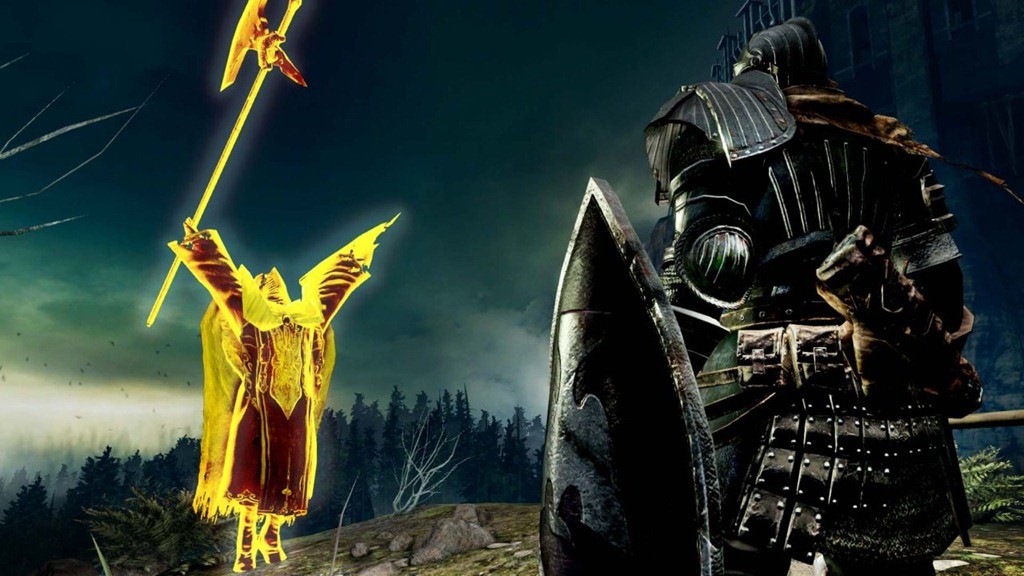 |
| This is a less lonely Dark Souls...more NPCs, more multiplayer, less solitude |
How it stacks up: Compared to the original Dark Souls, Dark
Souls 2 is a definite improvement mechanically and graphically. I think that Dark Souls was more polished and
diverse than Dark Souls 2, probably because it was the first we'd seen anything
like it, and I miss the open world and unique monster designs. On the whole though, I wouldn't say that one
is better than the other. Part of Dark
Souls charm was that the combat, while not perfect, was so tight and in so
little need of improvement. The
improvements in Dark Souls 2 are nice, but some of the changes are
annoying. Dark Souls 2 has prettier worlds
than Dark Souls. Dark Souls has a more
satisfying journey because of the interconnected worlds and characters. You could make comparisons till you're blue
in the face. But I think Yahtzee Croshaw
said it best. It's like trying to decide
which is better between Portal and Portal 2.
It's kinda pointless. More of
Dark Souls is never a bad thing.
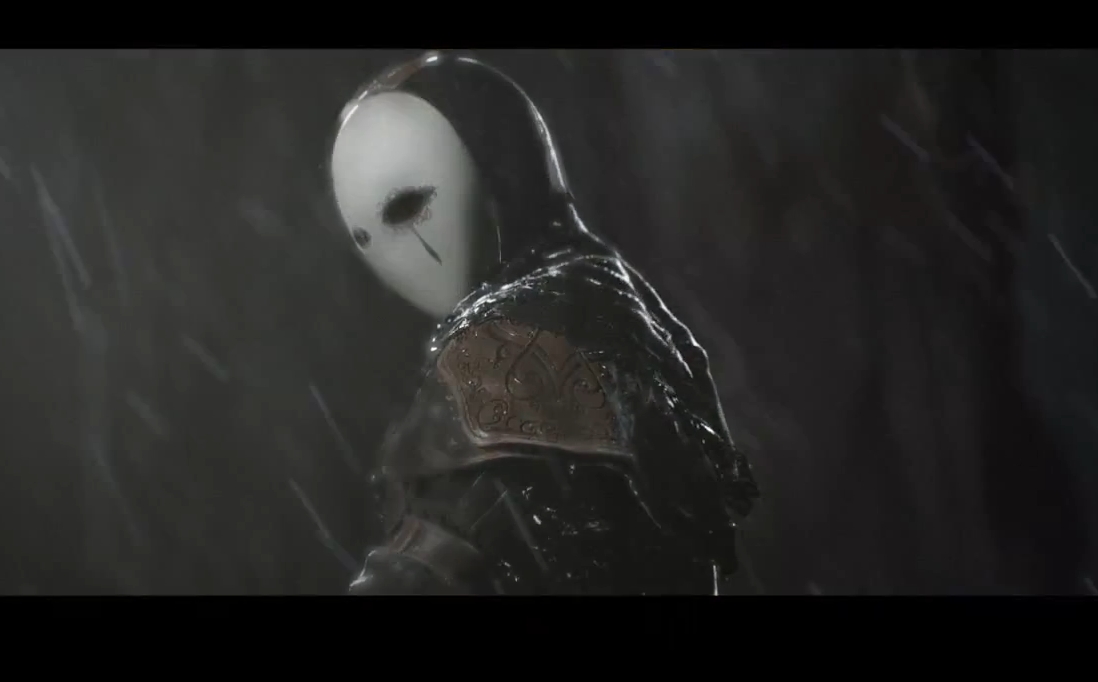 |
| Prepare to die...and love every second of it. |
Dark Souls 2 is different from Dark Souls. That's not better or worse, it's
different. Standing on it's own, it's a
damn fine, very enjoyable, very HARD game.
I'd recommend both to anyone, because Dark Souls 2 is more fun to look at
and explore, but I love the world of Dark Souls. So far, they're on an even keel, I think,
with me liking Dark Souls just slightly more than Dark Souls 2 because of the
convenience of leveling up at the bonfire.
Before anyone asks, no, I don't have a problem with the
system of death. Losing incremental
health actually feels like a nice balance to me between Demons Souls and Dark
Souls. It makes you want to get better,
without making death consequenceless or too punishing. It kind of encourages growth, but without
actually making it too unfair, unless you screw up just way way too much. I may not really like it or be jumping for
joy about it, but it's okay.
And that's a basic first impression of Dark Souls 2. I have beaten it, I died 330 times(thank you
for the death counter by the way, From Software) and it was DAMNED hard. As hard as the original? Dunno...there are changes that make the game easier and changes that make the game much much tougher. Regardless, it's a good game, even if it is different
from what I was expecting.
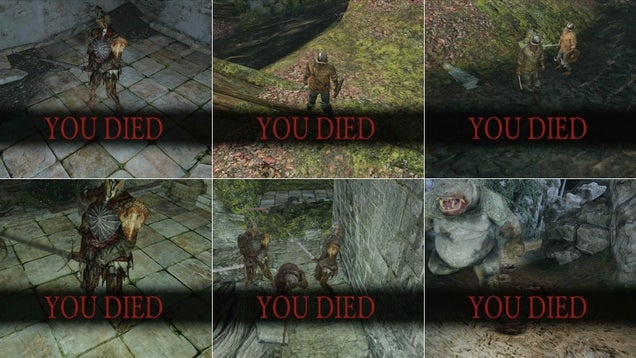 |
| Don't expect this to be easy. The players claiming this is easier than the original...yeah, no. |


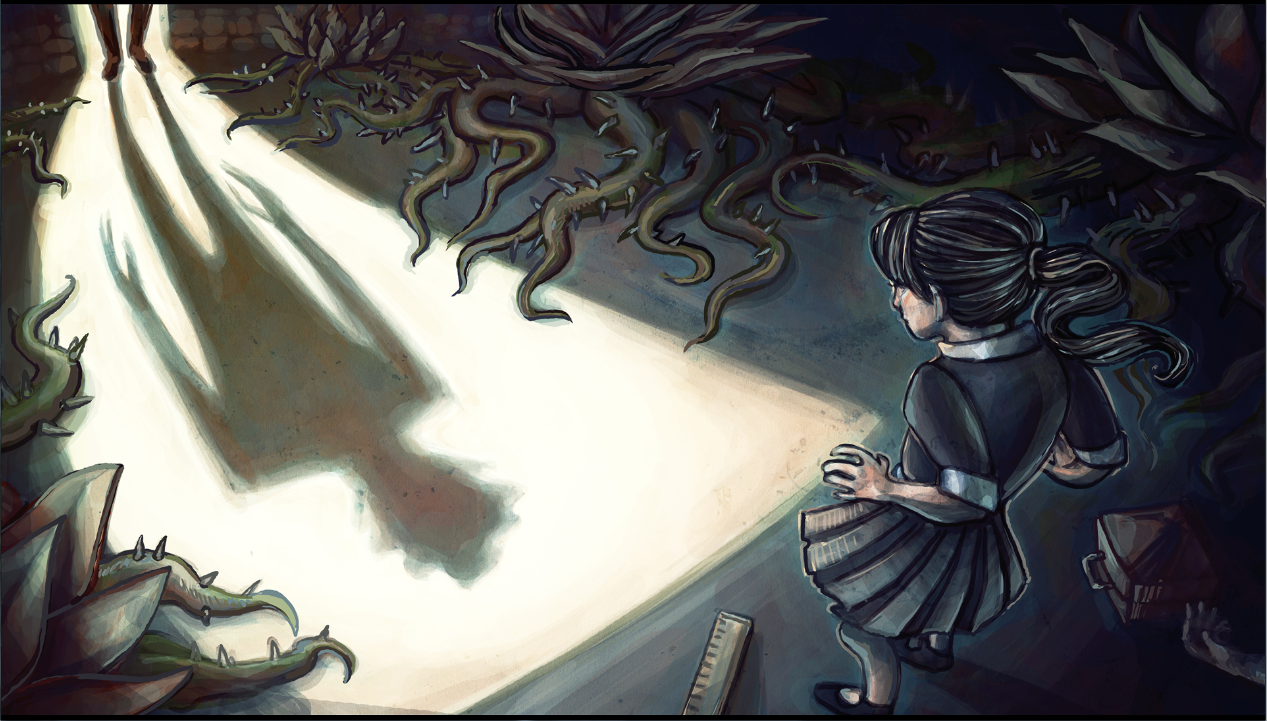

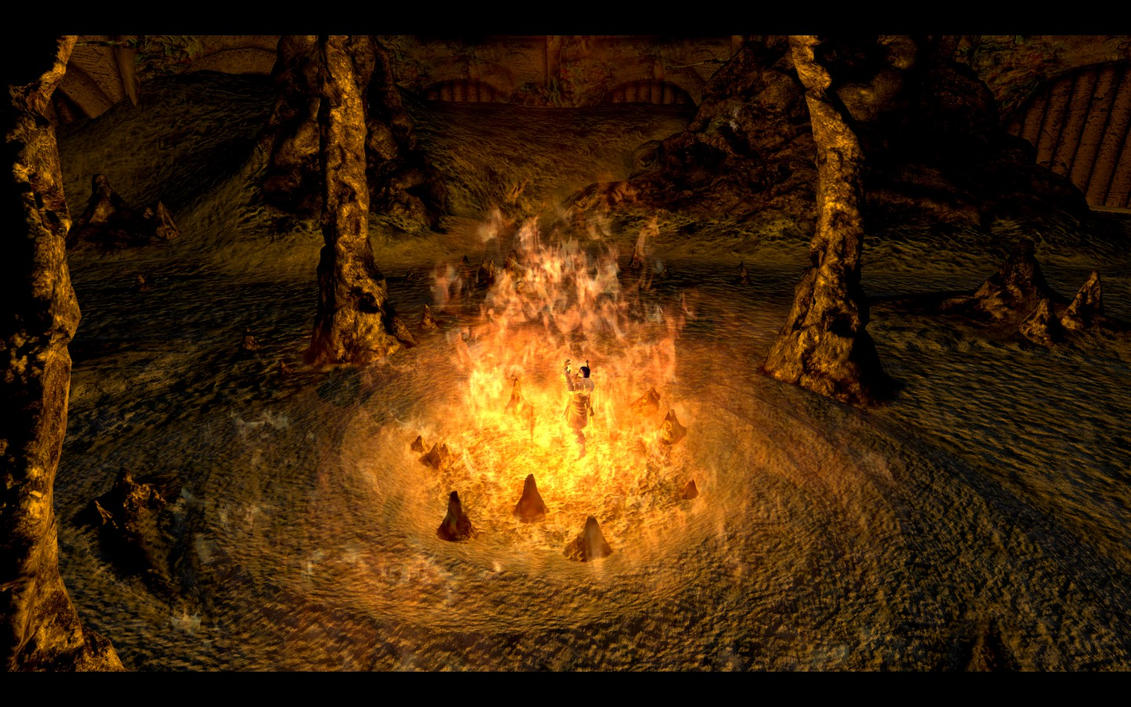
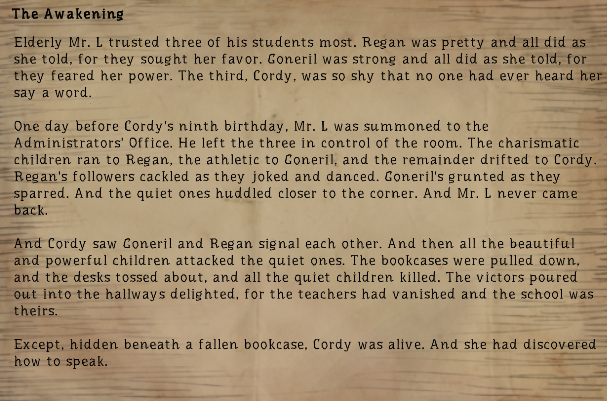
/300px-The_Binding_of_Isaac-_Ending_12_(HD).jpg)




